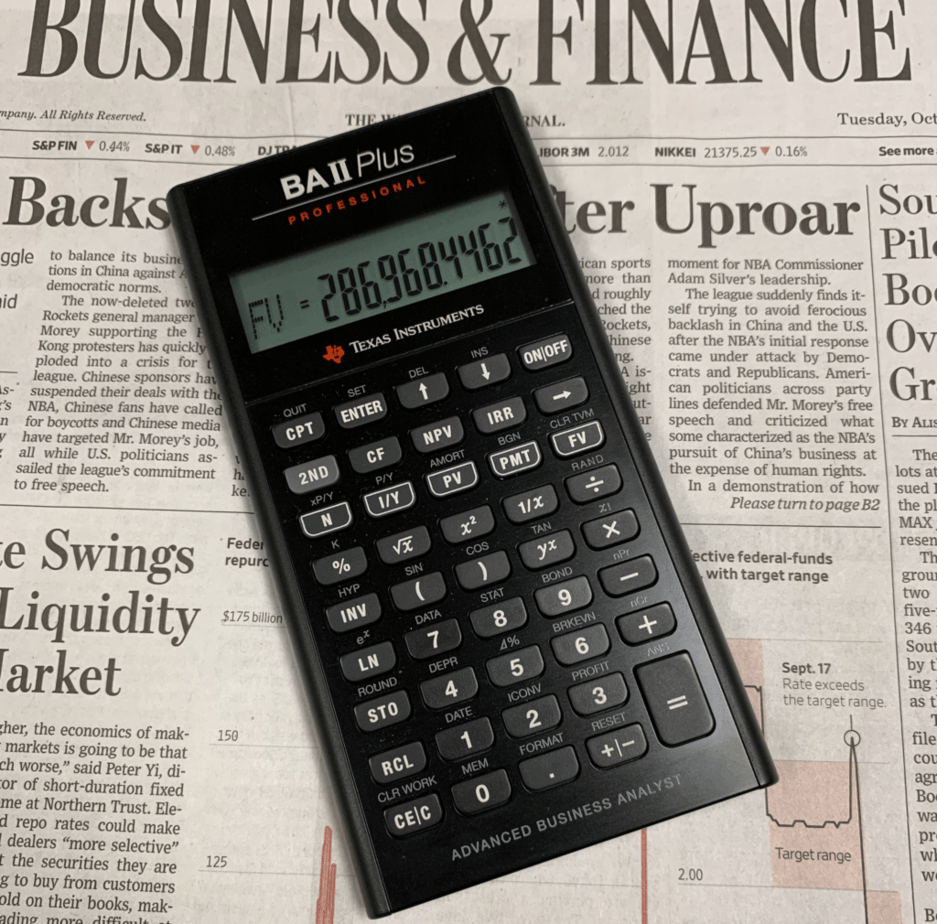Budgeting
& Saving Strategies: An In-Depth Examination of Financial Stewardship
Introduction
💡 Navigating personal finances in
an increasingly complex economic landscape requires more than just earning an
income; it necessitates strategic budgeting and disciplined saving. Financial
literacy is a fundamental pillar of long-term wealth accumulation, debt
reduction, and economic stability. This comprehensive guide offers a scholarly
exploration of budgeting methodologies, savings mechanisms, and the
psychological principles underpinning financial decision-making. Whether you
are a graduate student, an emerging professional, or a seasoned individual
seeking fiscal refinement, this discourse provides a research-backed roadmap to
financial independence.
🔍 Key Insights:
- Develop a methodical approach to
constructing a sustainable budget.
- Integrate empirical saving
strategies tailored for diverse financial goals.
- Examine techniques for
expenditure minimization without compromising lifestyle quality.
- Utilize state-of-the-art
budgeting software and digital financial tools.
- Investigate the behavioural
economics governing monetary choices.
- Discover advanced investment
vehicles to augment capital growth.
- Analyse real-world case studies
of individuals who have attained fiscal prosperity through structured
budgeting.
1.
Conceptualizing Budgeting: A Theoretical and Practical Overview
📌 Defining Budgeting
Budgeting
constitutes the systematic allocation of financial resources, encompassing
income evaluation, expenditure forecasting, and savings implementation. It is
not a restrictive paradigm but rather an enabling framework that facilitates
informed economic choices, thereby enhancing financial security and wealth
accumulation.
💡 The Economic Merits of Budgeting
✅ Mitigates fiscal excess and curtails
impulsive spending.
✅ Enhances liquid asset preservation and wealth retention.
✅ Diminishes financial anxieties and augments monetary
confidence.
✅ Strengthens preparedness for economic contingencies.
✅ Expedites the attainment of both microeconomic and
macroeconomic financial objectives.
✅ Serves as a cornerstone for long-term capital appreciation.
🔹 Case Study: Sarah, an
educator in Texas, successfully eradicated $10,000 in consumer debt within two
years by implementing the 50/30/20 budgeting framework, which systematically
allocated her financial resources to optimize savings and expenditures.
2.
Empirical Budgeting Methodologies
📊 The 50/30/20 Allocation Model
🔹 50% Needs: Essential
expenditures (housing, nutrition, utilities).
🔹 30% Discretionary Spending: Non-essential
lifestyle enhancements.
🔹 20% Capital Accumulation: Savings,
investments, and debt resolution.
📉 Zero-Based Financial Structuring
Every unit
of currency is strategically assigned a predefined function, ensuring
comprehensive allocation and preventing fiscal leakage.
🏦 The Envelope Allocation System
A cash-based
expenditure strategy wherein categorical spending is compartmentalized into
distinct envelopes to reinforce spending discipline.
🔹 Best Practice: Utilize
financial management software such as YNAB (You Need a Budget) or Mint
to integrate automated budgeting and real-time expenditure analytics.
3.
Optimized Saving Techniques for Variable Financial Contexts
🏆 Strategic Savings Approaches
✔️ Establish automated deposits into
high-yield savings accounts.
✔️ Conduct periodic audits to identify and eliminate redundant
subscriptions.
✔️ Utilize financial aggregators to maximize cashback
opportunities.
✔️ Implement a cost-efficient meal planning strategy to reduce
discretionary food expenditures.
✔️ Prioritize public transportation or ride-sharing to minimize
vehicular expenses.
✔️ Implement the "pay-yourself-first" doctrine to
institutionalize savings discipline.
✔️ Capitalize on employer-matched retirement programs, such as
401(k) plans.
🔹 Case Study: John, an
undergraduate student, successfully amassed $5,000 in savings within 12 months
through strategic cost-cutting measures, including meal preparation and
alternative transportation solutions.
4.
Capital Optimization: Savings Instruments and Investment Vehicles
💰 Optimal Savings Depositories
🏦 High-Yield Savings Accounts (Ally
Bank, Marcus by Goldman Sachs).
📈 Certificates of Deposit (CDs) for elevated interest
yield.
📊 Roth IRA for tax-efficient retirement planning.
💳 Credit instruments offering optimized cashback
incentives.
🔹 Best Practice: Conduct
comparative analyses of savings instruments to ensure maximized interest
accrual.
5.
Expenditure Rationalization Without Lifestyle Compromise
🏠 Innovative Cost Reduction Techniques
- Renegotiate service contracts
for optimal pricing structures.
- Opt for generic products to
achieve cost efficiencies.
- Develop DIY competencies to
mitigate outsourcing expenses.
- Leverage cost-free entertainment
and educational resources.
- Implement a delayed purchase
protocol to curb impulsive acquisitions.
- Pursue debt restructuring
strategies to attain favorable interest rates.
🔹 Experimental Challenge:
Implement a structured "no-discretionary-expenditure" period to
assess fiscal discipline effectiveness.
6.
Digital Budgeting Ecosystem: Financial Management Applications
📱 Top Budgeting Software Solutions
✅ YNAB: Advanced zero-based
financial planning.
✅ Mint: Comprehensive expenditure analytics.
✅ Acorns: Micro-investment automation.
✅ Rocket Money: Subscription oversight and cancellation
optimization.
✅ Goodbudget: Traditional envelope budgeting digital
adaptation.
🔹 Augmentation Strategy:
Integrate cashback applications such as Rakuten and Ibotta to
enhance capital retention.
Conclusion:
Strategic Fiscal Autonomy
🎯 A structured approach to
budgeting and saving is instrumental in cultivating financial resilience and
long-term wealth stability. By implementing these research-supported
strategies, individuals can substantially enhance their economic outlook and
navigate financial complexities with confidence.
🚀 Immediate Implementation Strategies
✅ Initiate expenditure tracking
protocols.
✅ Identify and integrate an optimal budgeting methodology.
✅ Establish an automated savings mechanism.
✅ Disseminate this knowledge within your financial ecosystem.
✅ Adopt a disciplined, iterative approach to financial growth.
📢 For continuous financial insights
and advanced strategies, subscribe to our research-based social media! 🚀
"A budget is a financial compass,
directing every dollar towards a purposeful destination."











0 Comments